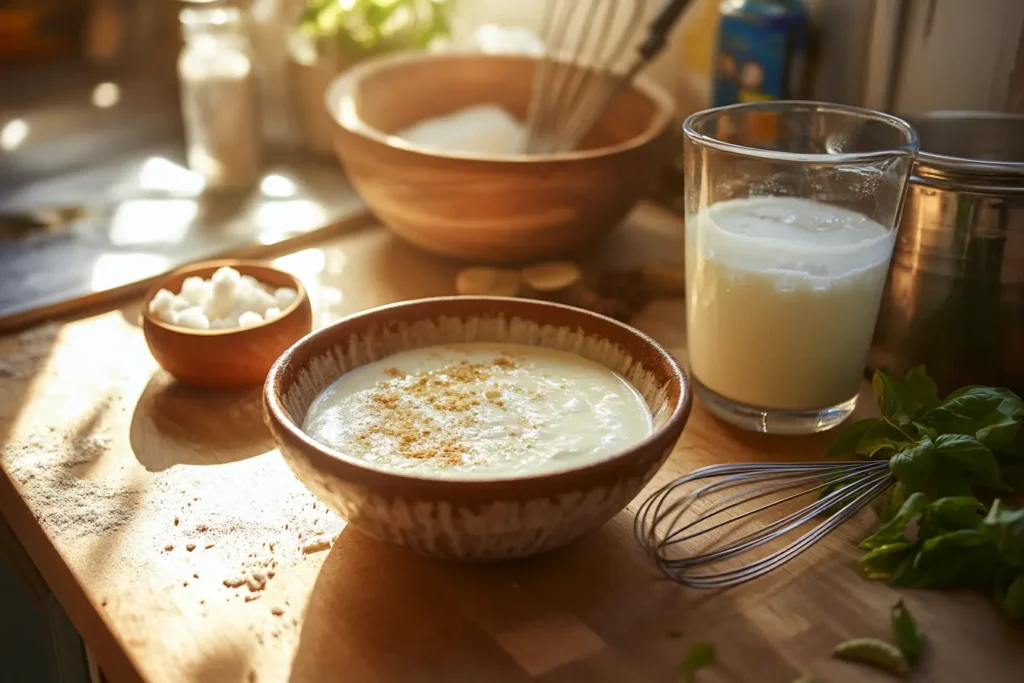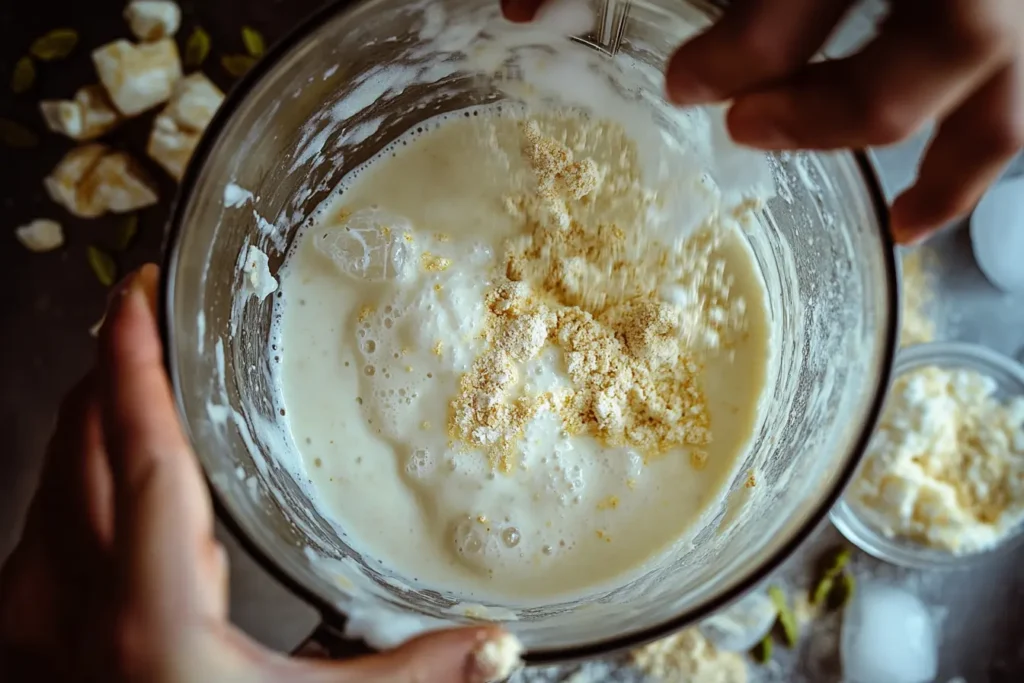Introduction
Yogurt-based beverages have a rich tradition across cultures, cherished not just for their taste but also for their remarkable health benefits. Cold Yogurt Drink Crossword like lassi, ayran, and kefir serve as refreshing summer coolers, digestive aids, and even culinary accompaniments. This article dives deep into the intriguing world of these probiotic-packed drinks, exploring their origins, nutritional perks, preparation methods, and much more. Get ready for a flavorful journey that highlights why these beverages deserve a place in your daily routine.
Introduction to Cold Yogurt Drinks
Understanding Cold Yogurt Drinks
Definition and Origin
Cold yogurt drinks are creamy, tangy beverages crafted by blending yogurt with water, milk, or other liquids. Often infused with spices, herbs, or fruits, these drinks have been beloved for centuries, originating in diverse regions like India, the Middle East, and Eastern Europe. Whether you sip a frothy lassi under the Indian sun or enjoy a chilled glass of ayran with kebabs in Turkey, the cultural resonance of these beverages is undeniable.
Cultural Significance
Each variety of cold yogurt drink carries unique cultural and culinary importance. For instance, lassi is considered a staple in Indian households, offered during festivals or as a reprieve from the sweltering heat. Meanwhile, ayran enjoys status as a national drink in Turkey, often paired with hearty meals. Kefir, a tangy fermented beverage, is treasured in Eastern Europe for its purported health-enhancing properties.
Popular Varieties Worldwide
Lassi: The Indian Delight
A quintessential Indian drink, lassi boasts a delightful balance of sweet, salty, and spiced flavors. Sweet lassis are enriched with sugar or fruits like mango, while salty versions are seasoned with cumin or black salt. Lassi is a celebration of India’s culinary diversity, catering to every palate.
Ayran: Middle Eastern Refreshment
Ayran, known for its smooth texture and salty tang, hails from the Middle East. Simple to prepare, it combines yogurt, water, and a pinch of salt. This drink is a perfect companion for savory dishes like grilled meats or spicy rice, offering a cooling contrast.
Kefir: The Fermented Beverage
Kefir stands apart as a probiotic-rich drink with a slightly fizzy and tart taste. Its origins trace back to the Caucasus mountains, where it was traditionally made by fermenting milk with kefir grains. Packed with beneficial bacteria, kefir has gained global recognition for its gut-health benefits.
Nutritional Benefits of Cold Yogurt Drinks
Probiotic Content and Gut Health
Cold yogurt drinks are loaded with probiotics, which are good bacteria that help keep your stomach healthy. These bacteria improve digestion, reduce gas, and make it easier for your body to absorb nutrients. If you’re looking for a natural way to support digestion, adding lassi, ayran, or kefir to your diet is a great idea.
Probiotics also strengthen your immune system. They help maintain a balance of bacteria in your gut, making it harder for bad germs to cause sickness. Plus, these drinks are gentle on the stomach, making them perfect for people with sensitive tummies or those recovering from stomach problems.
Vitamins and Minerals
Cold yogurt drinks are rich in vitamins and minerals. They provide calcium for strong bones and teeth, along with B vitamins that give you energy. You’ll also get magnesium and potassium, which are important for keeping your heart healthy and your blood pressure stable.
Protein Content and Satiety
These drinks are high in protein, which keeps you feeling full and energized. The protein in yogurt is easy for your body to digest, making these drinks a great choice after exercise or as a quick snack. Whether you’re looking for a light lunch or a recovery drink, yogurt drinks are a smart option.
Making Traditional Lassi at Home
Ingredients
- 2 cups plain yogurt (use full-fat for a creamy texture)
- 1 cup cold water or milk
- 2 tablespoons sugar (add more or less to taste)
- 1 teaspoon cardamom powder (optional, for extra flavor)
- A handful of crushed ice
- Garnish: Chopped pistachios, saffron threads, or rose petals
Step-by-Step Instructions
- Blend the Ingredients: Add yogurt, cold water (or milk), and sugar to a bowl or blender. Whisk or blend until the mixture is smooth and free of lumps.
- Enhance the Flavor: Stir in the cardamom powder, or try adding a few drops of rose water for a unique twist.
- Cool it Down: Toss in some crushed ice and blend again to make the drink chilled and frothy.
- Serve in Style: Pour the lassi into tall glasses. Sprinkle pistachios, saffron, or rose petals on top for a colorful and fancy look.
If you prefer a fruity version, replace the sugar with mango puree for a classic mango lassi. You can also blend in strawberries or other fruits for a fun twist.

Nutritional Content (Per 100g)
| Nutrient | Amount | % Daily Value* |
|---|---|---|
| Calories | 60 kcal | 3% |
| Protein | 3.5 g | 7% |
| Fat | 3 g | 4% |
| Carbohydrates | 5 g | 2% |
| Calcium | 120 mg | 12% |
| Probiotics | 2 billion CFU** | — |
*Percent Daily Values are based on a 2,000-calorie diet.
**Colony-forming units of probiotics.
Making Ayran at Home
Ingredients
- 2 cups plain yogurt (preferably full-fat or Greek-style)
- 1 ½ cups cold water
- ½ teaspoon salt (adjust to taste)
- Ice cubes (optional, for serving)
- Garnish: Fresh mint leaves or a sprinkle of dried mint
Step-by-Step Instructions
- Prepare the Base: Add the yogurt to a large bowl or blender. Whisk or blend until the yogurt is smooth and lump-free. This ensures the ayran has a silky texture.
- Dilute and Season: Gradually pour in the cold water while whisking or blending. Add the salt and mix thoroughly until well combined. Taste and adjust the salt as needed—some prefer it slightly saltier.
- Chill and Serve: If you like your ayran cold, add ice cubes to the mixture or chill it in the fridge for 20 minutes before serving.
- Garnish and Enjoy: Pour the ayran into glasses. Garnish with fresh mint leaves or a sprinkle of dried mint for a burst of freshness. Serve immediately alongside your favorite meals or as a refreshing drink on a hot day.
Nutritional Content (Per 100g)
- Calories: 40 kcal
- Protein: 3 g
- Fat: 2 g
- Carbohydrates: 3 g
- Calcium: 110 mg
Ayran’s simple recipe and light, salty flavor make it a versatile drink. It’s perfect for pairing with rich, spicy dishes or as a standalone thirst-quencher. Plus, it’s packed with probiotics and nutrients to keep you feeling energized and healthy.

Making Kefir at Home
Ingredients
- 1 tablespoon kefir grains (available at health stores or online)
- 4 cups milk (whole or low-fat; avoid ultra-pasteurized milk)
- A glass jar with a lid
- A plastic or wooden spoon (avoid metal as it can harm the kefir grains)
- A fine-mesh strainer
Step-by-Step Instructions
- Prepare the Milk: Warm the milk slightly to room temperature if it’s cold from the fridge. This step isn’t mandatory but can speed up fermentation.
- Add Kefir Grains: Place the kefir grains into the clean glass jar. Pour the milk over the grains, leaving some space at the top to allow for expansion during fermentation.
- Cover the Jar: Use the lid or cover the jar with a clean cloth secured by a rubber band. This allows air circulation while preventing dust or insects from entering.
- Ferment: Leave the jar at room temperature (65–75°F or 18–24°C) for 24–48 hours. The longer the fermentation, the tangier the kefir. Stir gently once or twice during fermentation to ensure even mixing.
- Strain the Kefir: Once fermented, strain the kefir into another container using a fine-mesh strainer. Use a plastic or wooden spoon to stir and separate the grains from the liquid.
- Store and Serve: Pour the strained kefir into a clean jar or bottle. Refrigerate it to stop fermentation and enjoy it chilled. The kefir grains can be reused immediately or stored in a small amount of milk in the fridge for future use.
Flavoring Options
After straining, you can add fruits, honey, vanilla extract, or spices like cinnamon to flavor your kefir. Blend with fresh berries for a nutrient-packed smoothie or stir in a teaspoon of honey for natural sweetness.
Nutritional Content (Per 100g)
- Calories: 55 kcal
- Protein: 3.5 g
- Fat: 2 g
- Carbohydrates: 4 g
- Calcium: 120 mg
Kefir is celebrated for its tangy taste and effervescence. It’s not only a tasty drink but also a powerhouse of probiotics that can boost digestion and strengthen the immune system.
Cold Yogurt Drinks in Culinary Traditions
Role in Indian Cuisine
Cold yogurt drinks, particularly lassi, are deeply rooted in Indian culinary traditions. Whether served sweet with a hint of rose water or savory with cumin and black salt, lassi complements the robust and spicy flavors of Indian meals.
Accompaniment to Spicy Dishes
Spicy Indian curries and snacks often pair with a chilled lassi. The yogurt’s cooling properties help balance the heat, providing relief to the palate. For instance, lassi is frequently enjoyed with fiery dishes like biryani or samosas, making meals more enjoyable and digestible.
Festive Occasions
In Indian households, sweet lassi is a staple during festivals and celebrations. It is offered as a refreshing welcome drink to guests or served after meals as a delightful dessert. Mango lassi, in particular, takes center stage during the mango season, adding a fruity twist to the tradition.
Middle Eastern Meals and Ayran
Ayran, the salty yogurt drink from the Middle East, has its own place in the region’s culinary practices. Known for its simplicity, it is a perfect companion to hearty and rich dishes.
Pairing with Kebabs and Grills
A glass of chilled ayran is commonly served with kebabs, shawarma, and other grilled delicacies. The tangy and salty notes of ayran cut through the richness of the meats, enhancing the overall dining experience.
Daily Consumption Patterns
In Middle Eastern households, ayran is consumed not only during meals but also as a midday refresher, especially in the summer. Its hydration properties make it a go-to drink in hot climates.
Eastern European Kefir Practices
In Eastern Europe, kefir is a household favorite known for its health benefits and versatility in recipes.
Breakfast Integration
Kefir is often part of a traditional breakfast, paired with cereals or poured over granola. Its tangy taste complements the sweetness of fruits, making it a balanced and energizing start to the day.
Health Rituals
Many Eastern Europeans consider kefir a health tonic. Consuming a small glass daily is believed to improve digestion, boost immunity, and promote overall wellness. Its probiotic content has earned kefir a permanent spot in the diets of health-conscious individuals.
Frequently Asked Questions
What is the origin of lassi?
Lassi originates from the Indian subcontinent, where it has been a cherished beverage for centuries. This yogurt-based drink evolved as a cooling remedy for the region’s hot climate and later became a staple in Indian cuisine, celebrated for its sweet and savory variations.
Can I make vegan versions of these drinks?
Yes, vegan alternatives are easy to prepare! Replace dairy yogurt with plant-based options like almond, coconut, or soy yogurt. Use water or non-dairy milk for dilution, and flavor as you would with traditional recipes.
How long do homemade yogurt drinks last?
Homemade yogurt drinks, when stored in an airtight container in the refrigerator, can last up to 3 days. However, it’s best to consume them fresh to enjoy their full flavor and probiotic benefits.
Are there any side effects of consuming probiotic drinks daily?
For most people, daily consumption of probiotic drinks like lassi, ayran, or kefir is safe and beneficial. However, those with lactose intolerance or specific medical conditions should consult a healthcare provider before regular use, as probiotics may sometimes cause mild bloating or gas.
What are some popular fruit additions to lassi?
Popular fruit additions include mango, strawberry, and banana. These fruits enhance the natural sweetness of the yogurt and create vibrant, flavorful variations. Mango lassi, in particular, is a globally loved choice.
Is kefir suitable for children?
Yes, kefir is generally safe for children and can be a great source of probiotics, calcium, and protein. Start with small amounts to ensure your child enjoys the taste and doesn’t have any sensitivity to fermented products.

